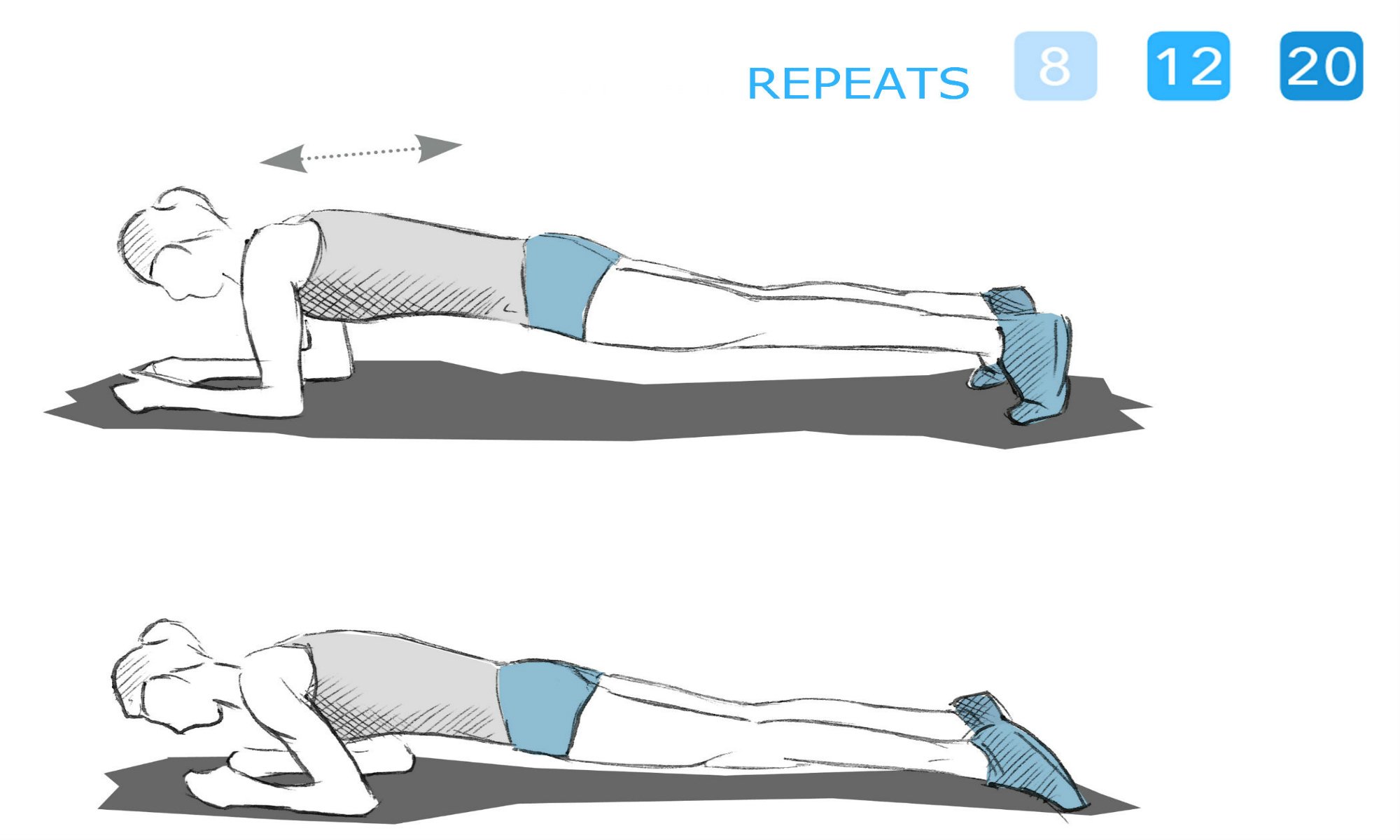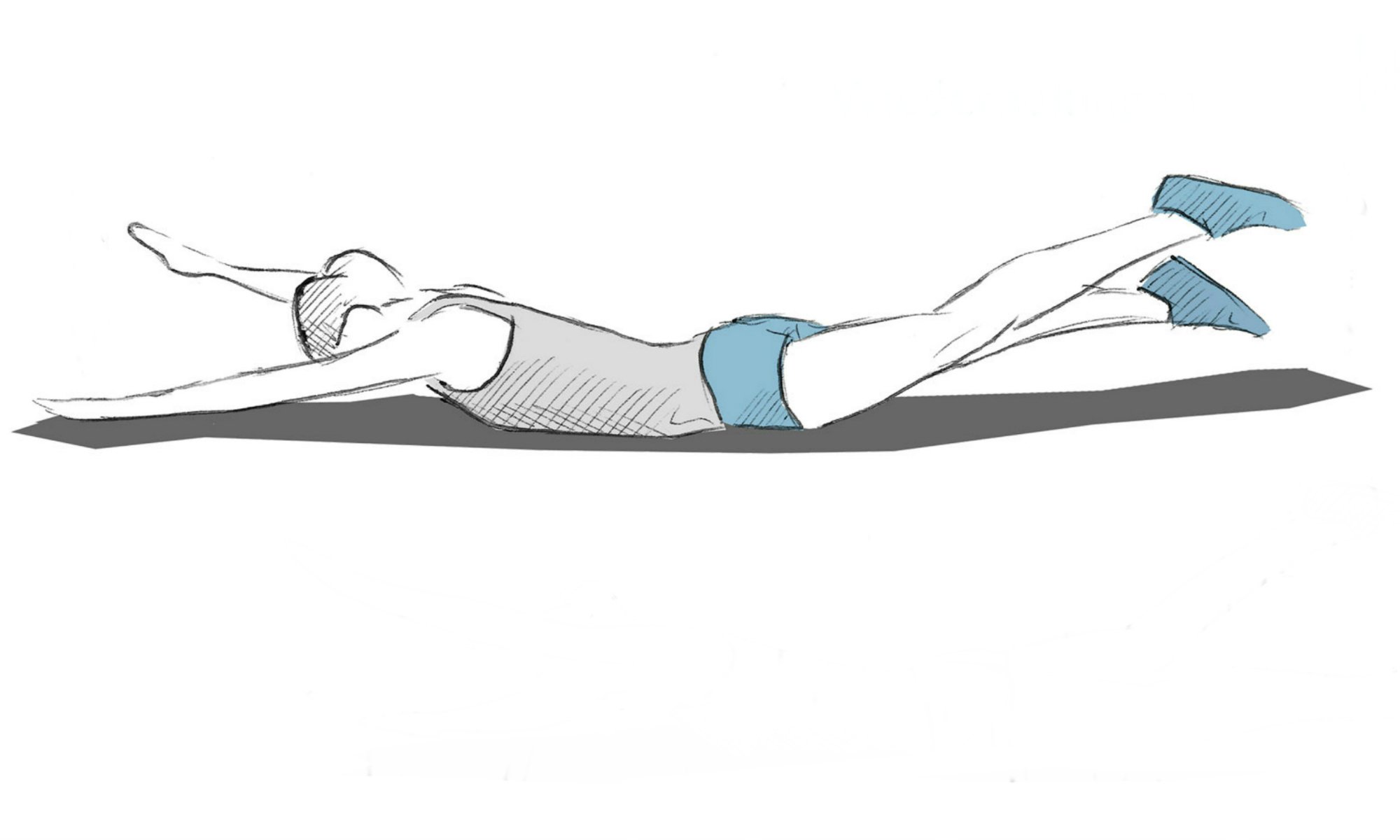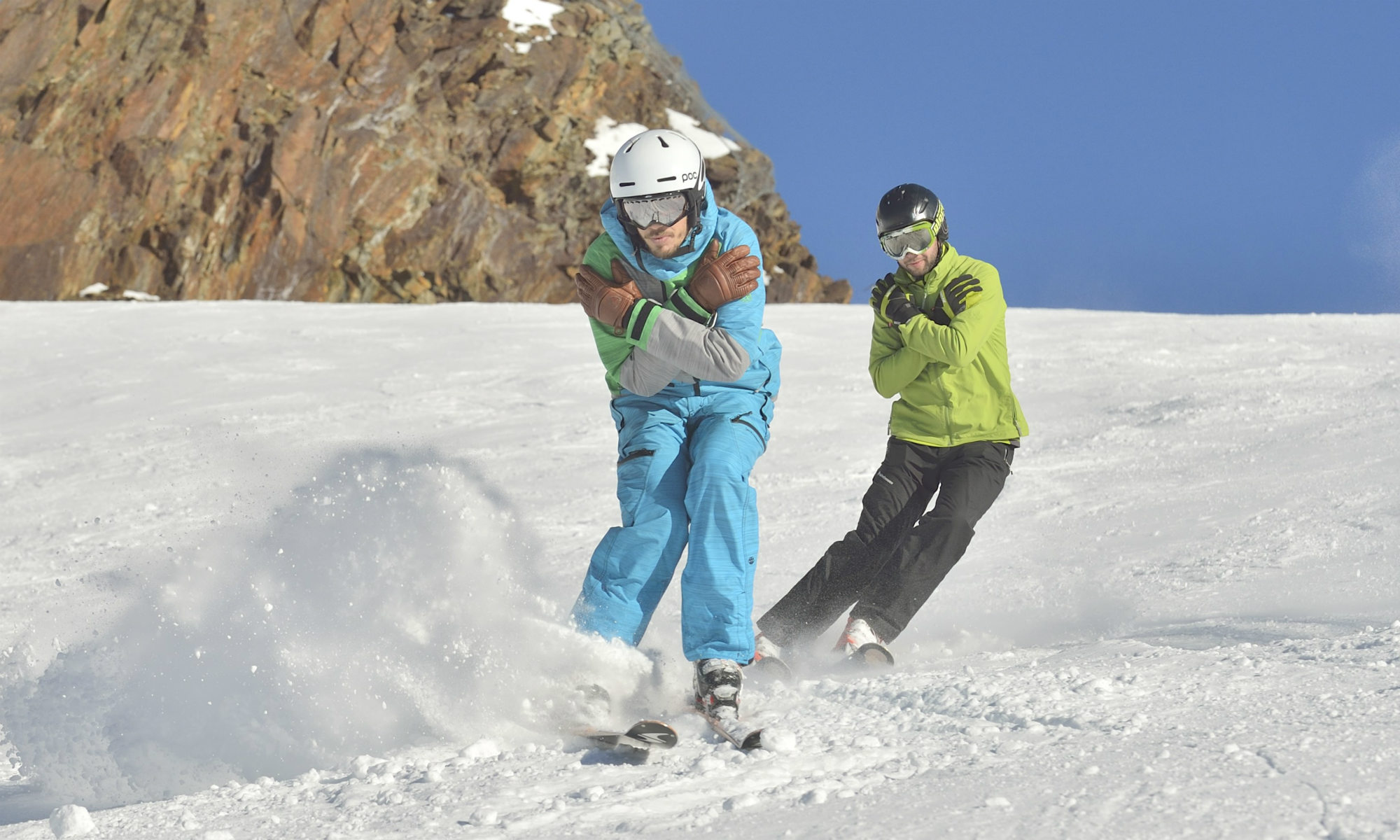You learnt how to ski as a child and haven’t been back out on the slopes in years? You had a skiing accident and now want to prove that you’ve left the past behind by having another try? Maybe your children are tugging you in the direction of the slopes after a long break from winter landscapes? Whatever your reason for being a ski returnee, the checkyeti expert team has tips and tricks to help make your comeback as smooth as possible.
-
- Before your comeback: Comprehensive preparation makes a world of difference
- Ski conditioning: The best exercises for a slope-fit body
- Out on the slopes: Tips & tricks for more fun and safety
- Tips for keeping at it
Before your comeback: Comprehensive preparation makes a world of difference
- Although it’s pretty impossible to “unlearn” skiing, it’s still important to prepare well before getting out on the slopes again. As with every sports activity, skiing demands a lot from the body and the best prerequisite for a successful second “first day” is the right preparation beforehand.

What is the best way to train the body for skiing? Everyone has his or her own individual weaknesses, so training should focus on these specific areas. Those who have already had a skiing injury or suffer from joint problems should consult with their doctor or physiotherapist before beginning to train.
checkyeti Tip: Not every skiing region is suitable for returning to skiing and therefore a resort with easier slopes for beginners and returnees should be a primary consideration when planning the ski trip.
Ski conditioning: The best exercises for a slope-fit body
It’s generally recommended to strengthen and build-up your physical fitness before your skiing comeback. Light endurance training such as jogging, walking or power walking is a solid first step. Those who have already reached a stable level of personal fitness can move onto the next training step: Ski conditioning. Ski schools often offer ski conditioning courses, however, most of the exercises can be practised at home.
It’s important to warm up before beginning to exercise; a round of skipping or jogging should do the trick. The next phase is the stretching exercises, and then the body should be ready for the ski conditioning. Skiing focuses on the legs, abdominal & the back muscles. A lot is expected of the leg muscles as the knees are almost constantly held in a slightly bent position. The abdominal muscles are in particular focus during curves and swings, keeping the body upright and balanced. A well-trained set of back muscles strengthens the upper torso and reduces the chance of spine injuries. The following exercises ideally prepare each of the three main muscle groups for your return to skiing:
Calf muscle training
A simple but ideal exercise for training the calf muscles: Stand on tiptoes for 2-3 seconds before releasing the position. This exercise can be practised in 3 sets, each set with 20 repeats. An alternative exercise is to stand with your back against a wall. Lift both heels up the wall and hold the position for 2-3 seconds. Repeat in sets, as with the tiptoe exercise.
Thigh muscle workout
Knee bends are a particularly practical and well-known exercise for strengthening the thighs. For skiers of all levels including ski returnees who have balance or ligament issues, this exercise can be practised on a so-called wobble board. This makes the exercise a little more challenging, but in return promises enhanced stability on the skis.
Core strengthening exercises
The core muscles can also easily be strengthened with simple exercises. Sit-ups are one option, “regular” planks, where the lower arms support the body weight, are another. Planks should initially be held for 20-30 seconds. After practice, the plank position can be maintained for up to 1-2 minutes at a time. Advanced planks (lower image) further enhance the training effect: Here, the torso is moved forward, the elbow angle is reduced and the feet are stretched.

Side support
This exercise is specifically designed to prepare for the challenges faced when carving. The inner thigh muscles must be well-trained in order for the skier to be able to firmly press and maintain the lateral edge of the skis against the snowy slope. With this exercise, the skier lies on his side, the lower leg being slightly bent. The upper leg is stretched out and then moved 10x up & down and back & forth, in front of and behind the body. Each leg should be exercised 10 times, the whole set being repeated 5 times.
Lunges
Another much-loved ski conditioning exercise is the lunge. From a standing position, the exerciser takes a big step forwards with one leg. The front knee is bent into a 90° angle and simultaneously the back knee & leg bend towards the ground; the knee should not touch the ground. Now the arms are stretched out in front of the body and the torso and arms are twisted sideways to the left and then to the right. The position is held for a couple of seconds before straightening up and returning to a standing position. The exercise should be repeated 10 times and with both legs.
Receptor exercises
Jumping up and down a step 20 times is a simple exercise that trains the muscle receptors and improves balance and stability. It’s important to try and land as gently as possible on the ball of the foot, to reduce strain and protect the joints.
checkyeti Tip: It’s recommended to fulfill a minimal physical fitness programme before returning to the world of skiing. Those with little time can complete a compact, 3x-weekly programme of 5×20 knee-bends, plus the leg- and arm-lifting exercise to strengthen the back and core: Lying flat on the stomach, both arms and legs are raised up and behind the body. The position should be held for a few seconds and repeated several times. With practice, the position can be held for up to 2 minutes. The exercise should also be repeated when lying on your back.

Out on the slopes: Tips and tricks for more fun & safety
Skis and equipment are constantly being updated and improved. New materials and technical innovations have brought major changes to skiing within the last years. Those wanting to make their return to skiing as smooth as possible take advantage of the latest skiing technology and hire their equipment for the trip. Most of the ski resorts, particularly those that are larger and longer established, have ski hire centres directly on site. Skiers who are returning to the sport after a longer period can of course use their old equipment, however a professional service before use is recommended to ensure the gear is in its best condition.
Furthermore, it is recommended for ski returnees to organise professional help; ski instructors have extensive experience on the slopes and can show you the best tips and tricks, from exercising to technique. Professional help – ideally from a private instructor – is a must for those returning to the slopes after having an accident. This support will ensure you make the best of your time on the slopes and have the maximum enjoyment on top.

checkyeti Tip: Look for special courses for those returning to skiing as the groups are generally well-balanced and the instructors do not have to accommodate different levels of capability within their class. In Lenggries, Bavaria, ski returnee classes are held by the former FIS-racing skier Michi Gerg.
More information on ski lessons in Lenggries >
Tips for keeping at it
The first day skiing after a long break – maybe even years – can be quite a challenge. Having fun away from the piste is just as important as having a great time on the slopes. That’s why it’s important to reward yourself and to keep up your motivation after an intensive day on skis, whether at an après ski location, a mountain hut serving traditional, hearty food, or a visit to the sauna.
Ski returnees should go easy on themselves and not presume that everything will be perfect on their first day back on the slopes. Taking is easy will reduce the risk of injury and of frustration. Therefore, stick to the strategy of not overdoing it and listen to your body, to ensure your comeback on the slopes is a complete success!
checkyeti Tip: The warm- and ice pools of thermal facilities provide the ideal place to relax and recuperate after a day on skis, many skiing resorts being set up directly next to thermal baths.
I have always loved snow but winter in England was usually more grey than white. Now living in Austria, my kids have inherited my passion for skiing and we make most of every winter, getting out in the snow whenever we can!
